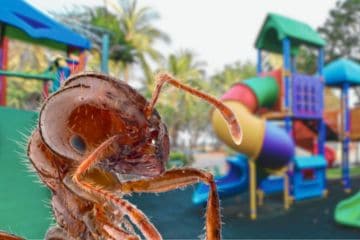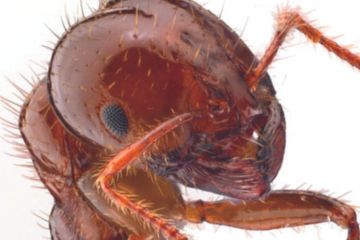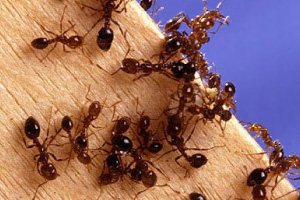Reece Pianta is the Advocacy Manager at the Invasive Species Council.
I had heard about the fire ant fields in Texas – no-go zones where fire ants had established their domination, pushing out wildlife, livestock and humans.
It was alarming to see it in Australia. A fire ant haven at a Rocky Point cane farm, only 40km south of Brisbane, last October. On a short walk we counted a dozen fire ant nests – mature mounded colonies, a mix of single queen and multi-queen nests with complex foraging tunnel networks, all exhibited the common swarming response.
Thankfully, it’s changed.


I recently walked the same path in January, and found just a single mature colony. An expanded search area provided evidence of only three more. Previously local ant populations had been hard to detect. Now at least three native (non-fire ant species) had returned – some had opportunistically established themselves in the former fire ant nests.
The difference was two rounds of targeted baiting to manage the fire ants. Baits were provided by the Fire Ant Suppression Taskforce and deployed by the conscientious property owner. But this fire ant battle is not over – eradication requires six rounds of baits over two years with intense surveillance.
Like all good plans, this one is straightforward. Suppression support is provided to areas within the fire ant infestation area. This is important as it prevents high nest density, reduces the risk of fire ants spreading and prepares the way for eradication.
Eradication then starts at a 10km perimeter around the entire infestation area and moves progressively inward toward the centre.
Unfortunately, suppression work is not underway across the entire fire ant infestation area in South East Queensland.
The most serious gap in this work is to the north – Brisbane city and Moreton Bay regions. Due to funding limitations, eradication work in the northern band has not yet started. Suppression work – particularly the successful self-treatment program – is not available in these areas. Northern fire ant expansion is a threat to sensitive habitats and risks further outbreaks.
Our fire ant senate inquiry submission calls for an urgent expansion of fire ant suppression work. Public education should also be ramped up along with more transparency about eradication progress and increased controls to lower the risk of spread in freight. Crucially, an urgent and long term increase in funding is essential to ensure eradication does not fail.
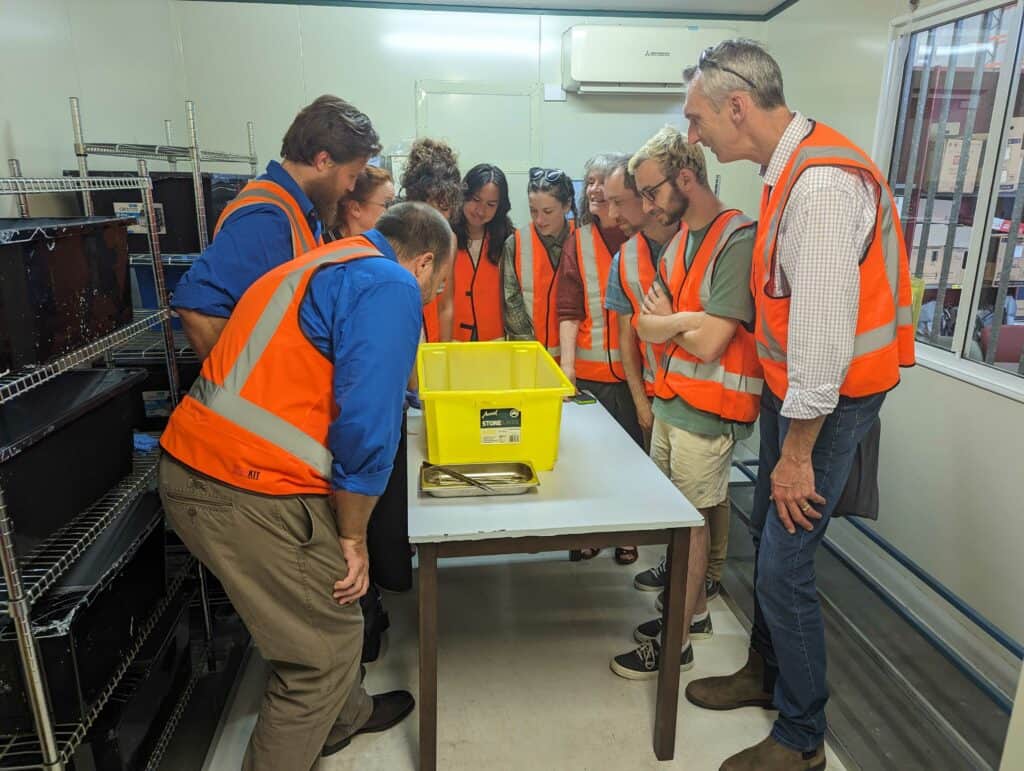
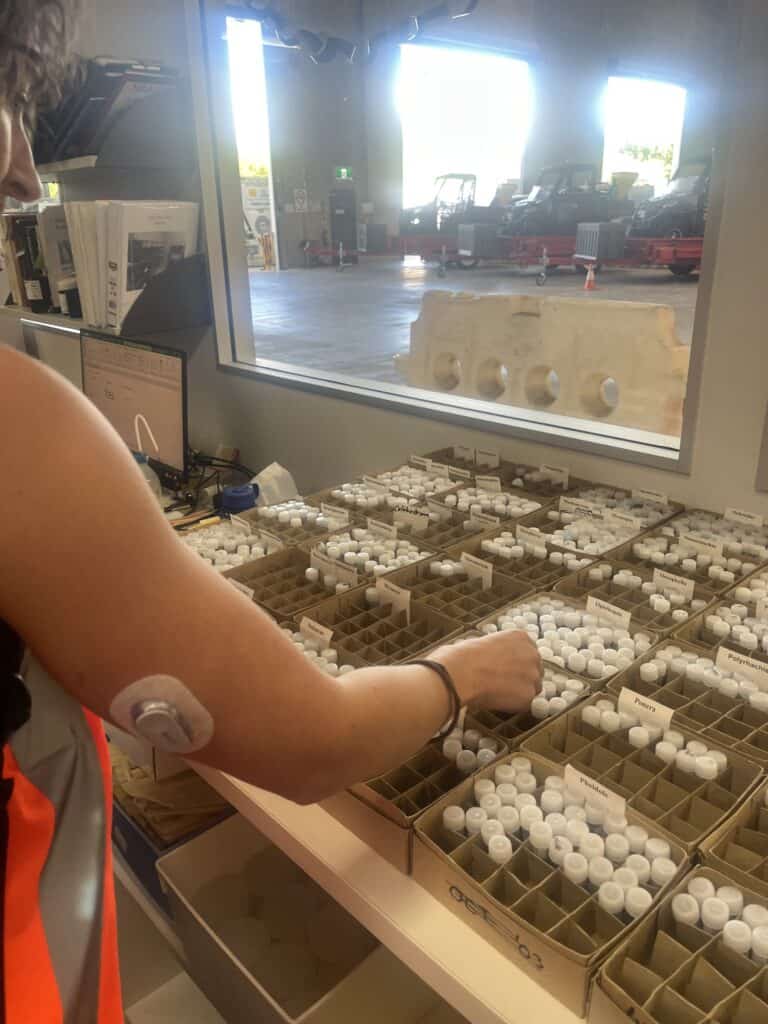
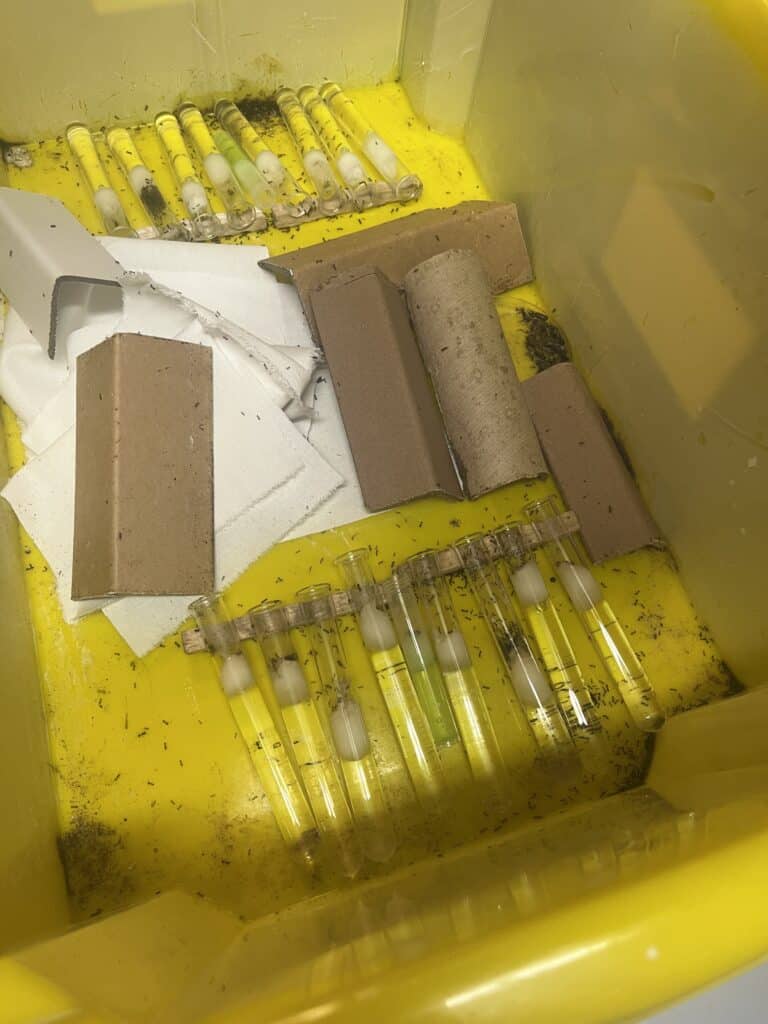
A tour and briefing at fire ant eradication HQ in Berrinba reminded us of the scale of eradication work. Pallets of bait ready for field use, spreader-equipped vehicles for rail corridors and roadside treatment, detector dog teams and innovative technology like drones backed up by practical applied science and staff from a surprising range of professional backgrounds. The resource boost announced in 2023 is enhancing operations on the ground.
Is it enough to achieve eradication? No.
Funding is currently committed to 2027. Eradication will take at least 10 years followed by years of surveillance and ongoing vigilance against persisting fire ant nests.
Unexpected cost increases combined with new detections strain the limits of available fire ant funding.
Visiting the fire ant zone is a reminder of what is at stake if our country fails at eradication.
A researcher at the eradication program told us that stings had given her a susceptibility to fire ant venom. A recent review by the National Allergy Centre of Excellence estimated that sensitisation occurs in around a quarter of those stung. Every year, a third of all people living in endemic areas could receive a fire ant sting.
Already farmers in Australia’s fire ant zone are experiencing management costs and production impacts. These costs would skyrocket if eradication and suppression efforts fail.
Fire ants would hit iconic parts of our natural environment. Koalas, echidnas, platypus and turtle populations would become fire ant food according to the Department of Climate Change, Energy, the Environment and Water.
The threat calls for a bold approach to fire ant eradication.
The public and media are paying attention and support for fire ant action has never been more pressing. This is a moment that we cannot waste. Australia cannot afford another year like 2023 with fire ants spreading west of the Great Dividing Range, into northern New South Wales and onto sensitive coastal islands like Minjerribah.
If 2023 was the wake-up call Australia needed on fire ants, then 2024 must be a year of action. The response to recent outbreaks has been rapid followed by intense surveillance. Emerging signs are promising and should give confidence that eradication is feasible if properly resourced. It will require a political focus from all governments, federal state and territory. We must use our voice to make it a priority.
There is so much at stake for our wildlife, habitats and human health and no time for underfunding or half measures.

